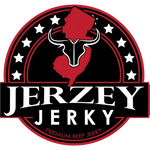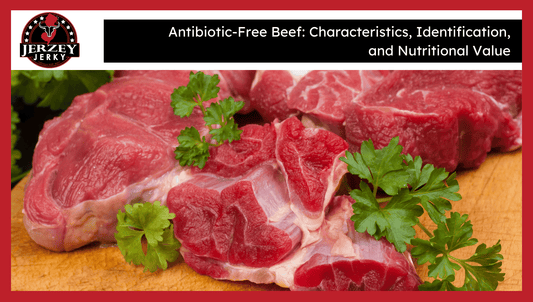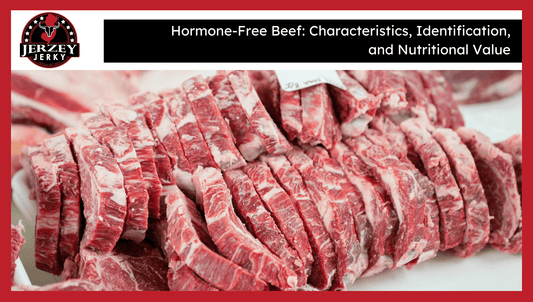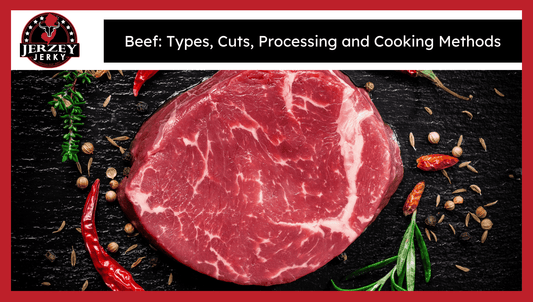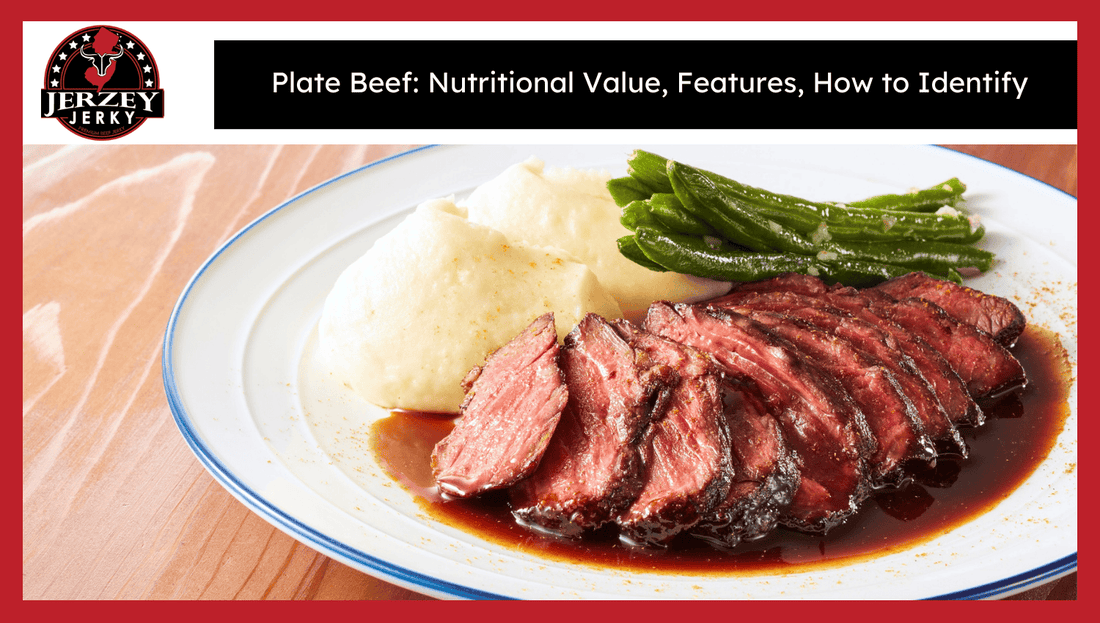
Plate Beef: Nutritional Value, Features, How to Identify
Plate beef refers to the area of the lower belly of the cow below the rib and above the flank. It is one of the eight primal cuts of commercial beef processing in North America and Europe.
This cut has thick muscle fibers, visible fat and much connective tissue. A 2006 study published in the Journal of Food Science confirmed that all collagen is converted to gelatin after 240 minutes at 70 °C, resulting in an enhanced tenderness.
In 2020, Nanjing Agricultural University showed a 56 percent increase in collagen solubility during cooking at 95 o C for 50 minutes. This tenderizes the meat and adds flavor to the meat.
Plate beef is rich and has 20 percent fat which makes it ideal to be cooked slowly. Typical applications are braised short ribs, skirt steak and ground beef.
What is the Nutritional Value of Plate Beef (Per 100g)?
Here are the five nutritional values of plate beef:
- Calories: Cooked plate beef offers between 290 to 320 kcal per 100g. This is mainly due to its high level of fat content. It is suitable for high-energy diets and muscle gain when it is associated with portion control.
- Protein: Plate beef contains 17 to 20g of protein per 100g. This aids body growth and muscle repair. Beef contains all the essential amino acids and therefore the protein quality is high.
- Fat: It contains 24 to 28g of fat in every 100g. The majority of this contains saturated and monounsaturated fats, which ensure better flavor and texture. The plate of beef is also higher in fat which further adds to calories.
- Iron & Zinc: Plate beef yields 2.8mg iron and 7.4mg zinc per 100g. These minerals stimulate blood formation, growth, and immune health. Beef is a good source of both in our everyday meals.
- Cholesterol: Cholesterol is between 85 to 100mg per 100g. This is a moderate-to-high level. When people monitor fat intake, they tend to restrict high-fat sources of meat such as plate.
What are the Key Features of Plate Beef?
Here are five key features that define plate beef:
- Flavor Profile: Plate beef has a rich beefy taste. It is rich in concentrated fat and dense muscle and has intense savoriness that fits best in the flavor-rich dishes like grilled skirt steak or slow-cooked ribs.
- Fat Content: The fat-to-meat ratio of this cut is high, about 20%. When the meat is cooked, the fat melts and makes the meat tender and improves flavor. It is appropriate for dishes that need a juicy texture and deep, fatty richness.
- Muscle Grain: Plate beef is grained coarsely. Against-the-grain cutting makes the muscle fibers short which increases chewability. This cut needs to be sliced to make the skirt steak softer.
- Cut Thickness: Plate beef is commonly sliced at 1-2cm thickness. This is a medium-thickness that enables quick cooking methods such as grilling or pan-searing. It also takes up marinades well and is suitable for quick and flavorful meat preparations.
- Connective Tissue: There is notable collagen in this cut. Extended cooking converts collagen into gelatin and makes the meat soft and moist. This makes plate beef superb in long-term cooking such as braises and stews.
What Cuts Come from Plate Beef?
Here are the three main cuts derived from plate beef:
- Short Plate: Short plate contains short ribs, skirt steak, and pastrami. These cuts are abundant in fat and connective tissues and are therefore suitable for slow cooking, grilling or curing.
- Skirt Steak: Skirt steak is a long and rectangular cut of meat that is flavorful. It is ideal for rapid cooking such as in stir fries or grilling, as it is often used in fajitas due to its flavorful beefy taste.
- Beef Bacon & Pastry Base: High fat and flavor content of the plate warrant its usage in curing into beef bacon and pastrami. This contributes to the richness and tenderness of cured meat products.
How is Plate Beef Cooked?
Here are three effective cooking methods and tips for preparing plate beef:
- Best Techniques: Braising, slow roasting, smoking, and pressure cooking dissolve the tough connective tissue. The techniques transform collagen to gelatin, making the meat juicy and tender, and transporting the rich beef flavor.
- Ideal Dishes: Plate beef is suitable for Korean BBQ, tacos, beef stews, and braised ribs. Its fat content and texture are suited to long-cooking or quick, flavor-grilling.
- Grilling Tips: Skirt steak off the plate requires marination in order to soften. Make sure to grill it quickly over high heat to ensure maximum juiciness with a caramelized crust that is not dry.
How to Identify Authentic Plate Beef?
Here are six clear ways to recognize genuine plate beef when buying:
- Check Label Names: Consider plate labels, like beef plate, short plate, skirt steak, or plate ribs. The use of these terms helps buyers identify the cut as belonging specifically to the plate section and not be confused with other parts of beef.
- Confirm with Butcher: Ask the butcher specifically whether the cut is below the primal rib section and the underside of the ribs. This verification assures the authenticity of the meat as plate beef and not a local primal or subprimal product.
- Check the Figure: Plate beef is in a wide and rectangular form. Its muscle fibers are loose and less dense than other cuts. This form and feel are specific to its place in the front lower part of the belly of the cow.
- Assess the Marbling: The fat streaks are moderate to heavy. These fat strips tend to pile up around the edges and inside the meat, making them juicy and tasty when cooking, as is common with plate beef cuts.
- Check Grain Pattern: The muscle grain is long and super clear. This apparent grain gives direction to slicing; the cutting against the grain not only truncates the fibers, but renders them more tender and pleasurable to the masticatory.
- Test Flexibility: Plate beef is loose, flexible and floppy in nature due to its loose muscle fiber and connective tissue. This tenderness is different in comparison with more solid beef cuts, thus distinguishing real plate beef when handling beef.
Why Choose Plate Beef?
Plate beef is 30-50 percent cheaper than top-end steak (such as ribeye or sirloin) but is very flavorful because it has significant fat and connective tissue. Properly cooking brings out its delicious, meaty taste.
The cut fits a variety of global cooking styles. It is found in Korean BBQ, Mexican tacos, and American smoked ribs. It is very fat and therefore lends itself to mellow cooking and roasting.
Restaurants prefer plate beef for its adaptability and strong flavor. It is effective when it comes to short ribs, skirt steak, and pastrami. Plate beef is a cheaper option for tender and flavorful dinners.
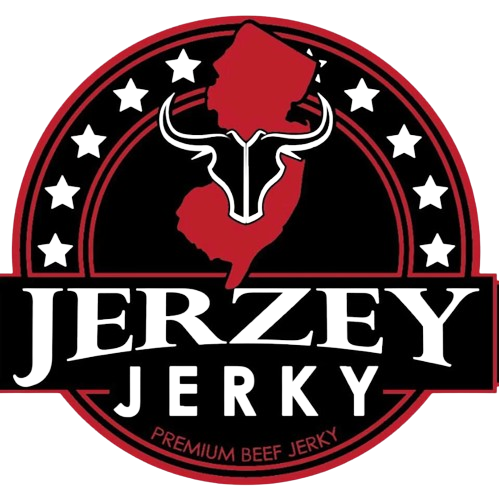
 2025-08-25
2025-08-25
 Wayne Holland
Wayne Holland
